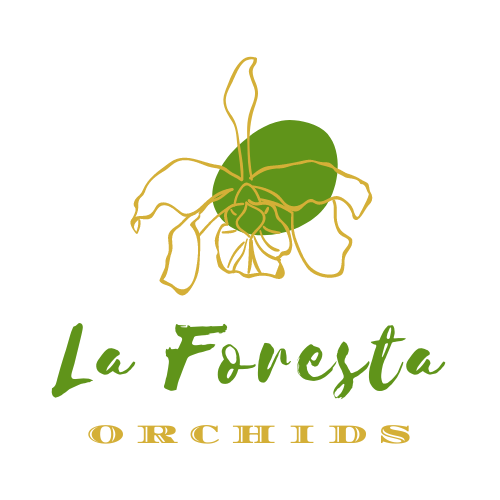La Foresta Orchids
Lycaste cinnabarina
Lycaste cinnabarina
Couldn't load pickup availability
Sudamerlycaste cinnabarina in nature is found between 1000 to 2500 meters, its a wonderful species that grows with lots of light in places where generally will get very cloudy in the nights. Flowers from January to March in nature!
Sudamerlycaste are endemic to Peru. It is a mountain species, it is at an altitude of 2000-3000 meters and grows on the limestone rocks or on the trunks of trees along the rivers. It is a large sized, warm to cool growing lithophyte with oblong-ovoid, sulcate, 10 cm long pseudobulbs carrying 2 to 3, long petiolate, plicate, elliptic-lanceolate, up to 80 cm long leaves.
The Sudamerlycaste blooms in the spring in cultivation and the fall in situ on a several at once, erect, to 17.5 cm long, inflorescence with pendant, apple scented, waxy flowers. The flowers can reach up to 8 cm in diameter. It is one of the very few orchids with bright green flowers.
Light:
Sudamerlycaste locusta needs a light level of 20000-30000 lux. The direct rays of the sun must be shielded. The ideal photoperiod is 12 hours.
Temperature:
Being a mountain species, this orchid requires fairly cool nights: 11-14 ° C (7-9 ° C in winter). The daytime temperatures are almost invariable throughout the year and reach 25-27 ° C.
Humidity:
The Sudamerlycaste needs the humidity that should not fall below 55%.
Substrate, growing media and repotting:
It is more practical to cultivate Sudamerlycaste in a basket. We recommend the small vessels, just enough for the formation of new roots for 1-2 seasons: in this way the possibility of root rottenness is minimal. It is better to use a basket instead of the usual plastic vase. As a substrate, coconut fiber is used (especially if the orchid is kept in a basket), a mixture of medium-small sized bark and perlite (2: 1). Repotting usually occurs every 2 years when the orchid becomes too large for its vase. It is better to repot it in the period of the formation of new roots.
Watering:
During the period of growth (from March to October) this species gets water abundantly and regularly; the substrate must never become completely dry. In winter the watering is less frequent and takes place as soon as the substrate has dried completely.
Fertilizer:
This orchid is only fertilized during the period of growth. 1/3 of the dose indicated on the vial of a suitable liquid fertilizer for orchids is used. Before fertilizing the plant it is important to water it, to avoid the harmful contact of the manure with the dry roots.
Rest period:
In its natural habitat, winter is characterized by much lower nighttime temperatures (which can go down to 4 ° C) and very little rainfall. In cultivation, winter temperatures must be 23-25 ° C during the day and 7-9 ° C at night. As for water, in nature the temperature changes cause the abundant dunes that compensate for the lack of rainwater, so the watering must be reduced but not completely eliminated. It is sufficient to allow the substrate to dry well between one watering and the other. The rest period ends with the arrival of new growth in spring.
This is a blooming size division in a 6" pot, newly repotted, could be shipped bareroot.


















